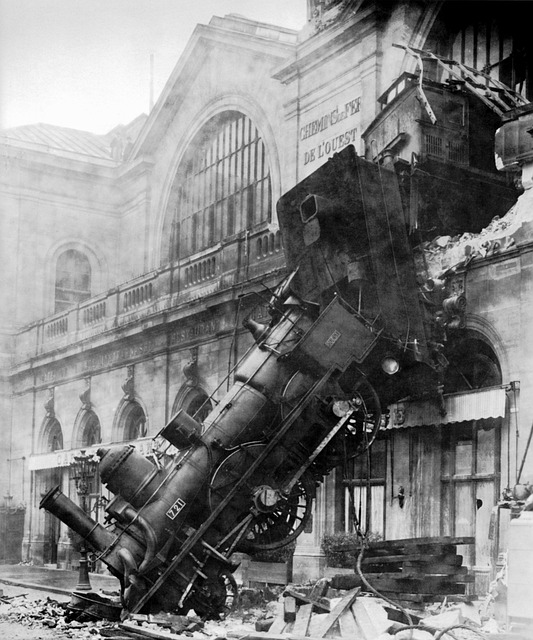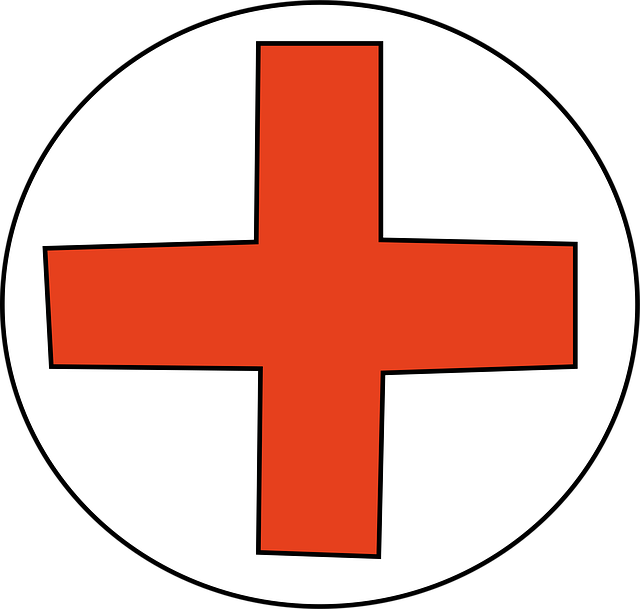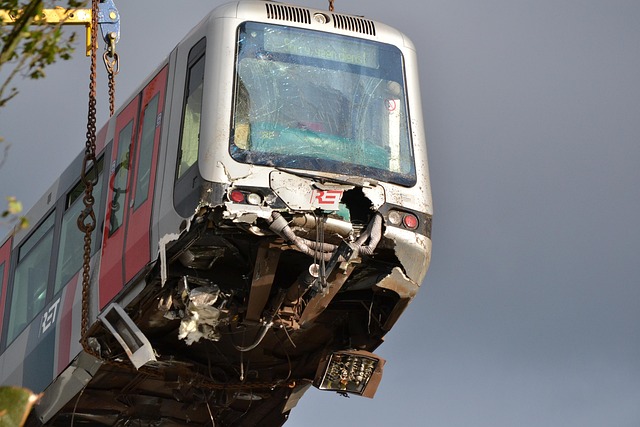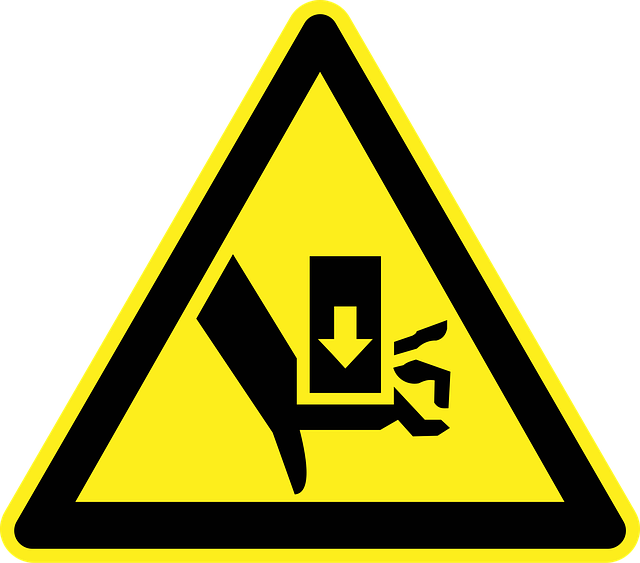Accident Claim: Navigating Compensation for Catastrophic Injuries

Filing an accident claim for catastrophic injuries like TBI, paralysis or spinal damage requires swi…….
In an increasingly interconnected world, the concept of an “accident claim” has emerged as a critical aspect of ensuring safety, accountability, and justice. This comprehensive article delves into the intricate web of accident claims, exploring its definition, global impact, economic implications, technological innovations, regulatory frameworks, and future prospects. By understanding these various facets, we can appreciate the significance of accident claims in shaping safer communities, fostering responsible behavior, and driving positive change.
Definition: An accident claim refers to a legal process by which individuals or entities seek compensation or redress for damages incurred due to unforeseen events or accidents. This can encompass various scenarios, from motor vehicle collisions to workplace injuries, product liabilities, and more. The primary objective is to provide financial relief, acknowledge liability, and promote safety measures to prevent similar incidents in the future.
Core Components:
Historical Context:
The concept of accident claims has evolved over centuries, reflecting societal changes and advancements in legal systems. Historically, personal injuries were often handled through common law, with judicial interpretations shaping liability. With industrial growth and increasing mobility, specialized insurance policies emerged to manage risks and provide compensation for accidents. The 20th century saw the formalization of accident claim processes, particularly in response to mass transportation and complex product liabilities.
Significance:
Accident claims serve multiple vital functions:
Accident claims transcend geographical boundaries, with varying approaches and outcomes across regions:
| Region | Key Features | Notable Trends |
|---|---|---|
| North America | Stricter liability laws, emphasizing negligence. Personal injury lawsuits are common. | Increasing focus on product liability and complex medical malpractice cases. |
| Europe | Comprehensive social safety nets and no-fault insurance systems in many countries. | Growing emphasis on road safety and worker’s compensation reforms. |
| Asia Pacific | A mix of traditional legal systems and emerging accident claim practices. | Rapid urbanization driving the need for improved pedestrian safety and occupational health standards. |
| Middle East | Influenced by common law and sharia principles, with varying levels of strict liability. | Increasing adoption of international safety standards and insurance penetration rates. |
International Influence:
The global nature of trade, travel, and technology has led to the internationalization of accident claims:
Trends Shaping the Trajectory:
Market Dynamics:
The accident claim industry is a significant segment of the global insurance market, with varying levels of penetration across regions:
Investment Patterns:
Accident claims influence investment strategies within the insurance sector:

Filing an accident claim for catastrophic injuries like TBI, paralysis or spinal damage requires swi…….

Pre-existing medical conditions can impact accident claims in Florida under pure comparative neglige…….

Evaluating an accident claim requires gathering evidence, documenting expenses, and negotiating sett…….

The severity of injuries and associated medical costs significantly impact accident claim values. Es…….

After a car crash, understanding accident claim rights is essential for seeking compensation for inj…….

In multi-defendant accident claims, navigating complex legal dynamics is crucial. Specializing lawye…….

Construction site accidents often result in severe injuries or fatalities, underscoring the signific…….

Filing an accident claim for sports injuries requires gathering evidence, understanding local laws,…….

Spinal cord injuries (SCIs) from accidents cause severe, life-altering damage to the central nervous…….

Before filing an accident claim, understand jurisdiction-specific rules regarding negligence, liabil…….